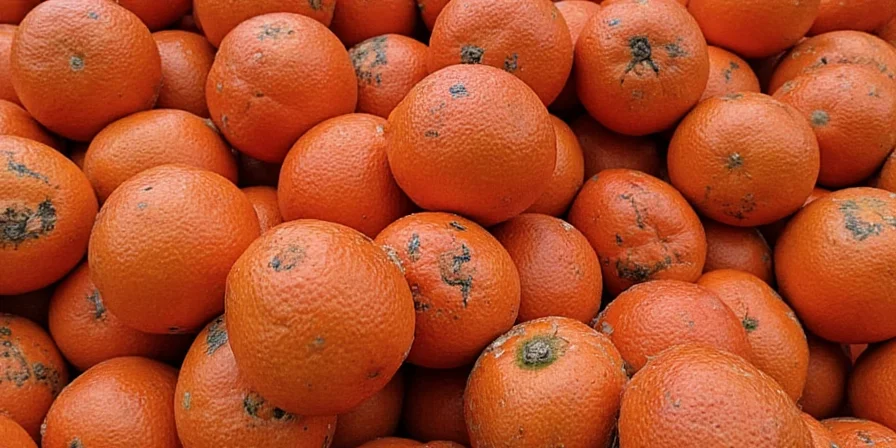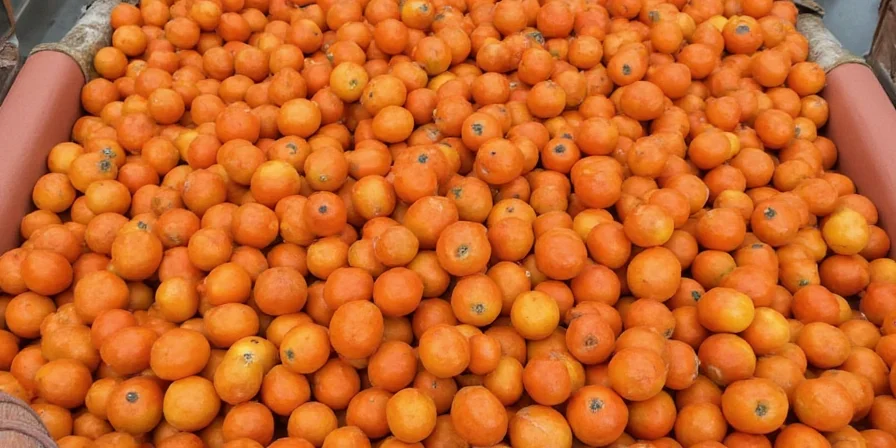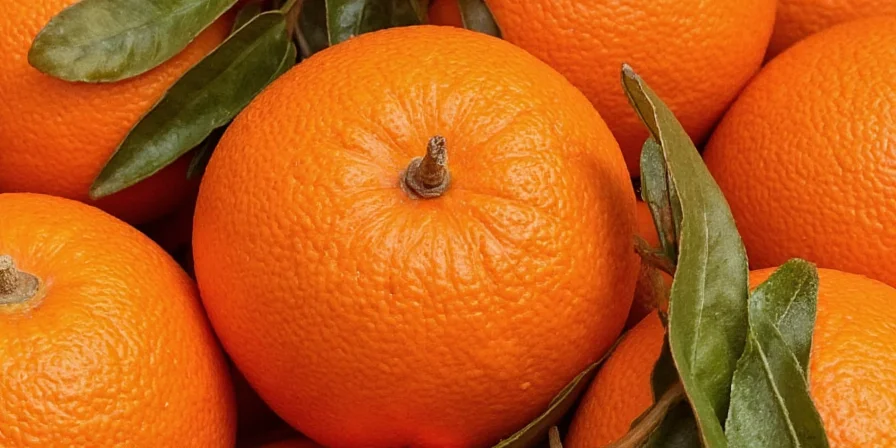The Orange Pith: Friend or Foe? A Spicy-Sweet Exploration
Table of Contents
- Introduction
- What Exactly Is the Orange Pith?
- The Science Behind the Bitterness
- Culinary Uses: From Waste to Wow!
- Spice Meets Citrus: Flavor Pairings with Pith
- 5 Practical Tips for Using Orange Pith Like a Pro
- DIY: Make Your Own Candied Orange Peel (Pith Included!)
- Myth vs. Reality: Debunking Common Misconceptions
- Waste Not, Want Not: The Environmental Impact
- Conclusion
Introduction
If you've ever peeled an orange and tossed the white stuff aside without a second thought, this article is for you. Meet the orange pith—the often-overlooked part of the fruit that's more than just bitter padding.

What Exactly Is the Orange Pith?
So, what is pith of an orange, anyway? Simply put, it's the soft, white layer between the peel (zest) and the juicy segments inside. Technically known as the mesocarp, this spongy substance might not be your first choice for snacking, but it holds secrets worth exploring.
In spice terms, think of the pith as the unsung sidekick to citrus zest—the real flavor hero hiding in plain sight.

The Science Behind the Bitterness
Why does pith taste so bitter? It all comes down to two compounds: limonin and naringin. These natural plant chemicals give the pith its sharp bite.
However, bitterness doesn’t mean useless. In fact, many traditional herbal remedies have used pith for centuries due to its rich bioactive content.
| Compound | Flavor Profile | Health Benefit |
|---|---|---|
| Limonin | Bitter, lingering | Anti-inflammatory properties |
| Naringin | Bitter, slightly floral | Antioxidant effects |
Culinary Uses: From Waste to Wow!
While most people toss the pith into compost, chefs and spice lovers know better. Here’s how to turn bitterness into brilliance:
- Candied orange peels—yes, the pith can be sweetened too!
- Marmalade making—it adds body and subtle complexity
- Infused oils or vinegars—for a zesty kick with depth

Spice Meets Citrus: Flavor Pairings with Pith
If you're into blending spices and citrus, the orange pith offers a unique canvas. Try these combinations:
- Pith + cardamom = exotic warmth
- Pith + black pepper = bold, earthy zest
- Pith + chili flakes = fiery citrus kick
These pairings work because the pith absorbs and enhances other flavors when cooked or infused properly.

5 Practical Tips for Using Orange Pith Like a Pro
- Don’t rush the blanching: Boil pith twice in fresh water to remove excess bitterness before cooking or preserving.
- Size matters: Cut pith into small strips or pieces for even cooking and texture control.
- Sugar is your friend: Use sugar to balance bitterness when making candied versions or marmalades.
- Dry it out: Dehydrate pith for use in teas or spice blends—perfect for adding subtle citrus notes.
- Infuse creatively: Steep dried pith in alcohol, honey, or syrups to create custom flavor bases for cocktails or desserts.

DIY: Make Your Own Candied Orange Peel (Pith Included!)
Here’s a simple way to transform pith into something delicious:
- Cut oranges into quarters and scrape out the flesh, leaving a thick layer of pith.
- Blanch the peels in boiling water twice for 5 minutes each time.
- Cook them in a sugar syrup until translucent.
- Let them dry overnight on a rack.
- Dip in dark chocolate if desired—and enjoy!

Myth vs. Reality: Debunking Common Misconceptions
| Myth | Reality |
|---|---|
| The pith is poisonous. | Fully edible and safe—just bitter when raw. |
| It has no nutritional value. | Rich in fiber, vitamin C, and antioxidants. |
| Only used in fancy recipes. | Perfect for home cooks with a little creativity. |
Waste Not, Want Not: The Environmental Impact
Using the pith reduces food waste and promotes sustainability. Did you know that roughly 40% of citrus fruit mass ends up discarded during processing? By repurposing the pith, you’re contributing to a more eco-friendly kitchen culture.

Conclusion
So, what is pith of an orange? It's more than just the annoying white stuff between your fingers and sweet citrus bliss. With a bit of culinary know-how and a dash of curiosity, you can unlock its potential in both flavor and function.
Whether you're a seasoned spice connoisseur or a weekend kitchen experimenter, don’t underestimate the humble orange pith. It might just become your next secret ingredient!











 浙公网安备
33010002000092号
浙公网安备
33010002000092号 浙B2-20120091-4
浙B2-20120091-4